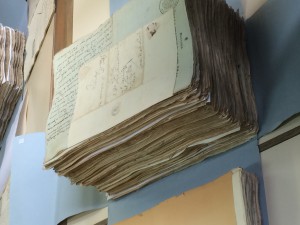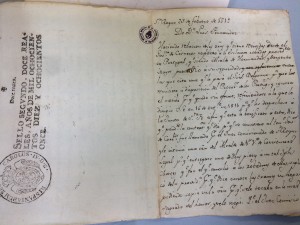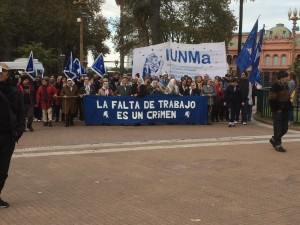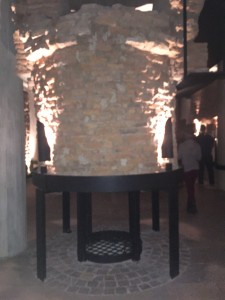Reflection Paper
Comparing Argentina to the USA and Brazil
Before going on this study abroad, the only thing I knew about Buenos Aires, Argentina was that it was the Paris of South America. I have been to many places in the world, including another South American country (Brazil). My main goal for this trip was to compare Buenos Aires, Argentina to the United States, and Brazil since that was an OSU study abroad program I was involved in too.
As soon as I arrived and off the plane I was looking around to make comparisons (as I would do for any new destination). The first thing I realized was that the people really looked European without any mixture. Being from the United States, I think there is an image in my head as to what Latin America looks like and this was different. When I arrived in Brazil everybody seemed mixed and if their dominate phenotype was European you could still tell there was an ancestor who wasn’t European. In the United States there is also a lot of mixing and diversity.
I had a better understanding of what I was seeing in Argentina once we had our morning classes. I learned that there were a not a lot of slaves, and due to a lot of European immigrants the country adopted their ways culture. In Brazil there were a lot of slaves due to sugar cane. There was also a culture of mixing in Brazil unlike Argentina and United States. Another thing I learned from class was that the United States and Argentina had similar scenarios when it came to getting independence. In Argentina there were different provinces and viceroyalties that had their own identities like how the United States had different states with their own identity. For both countries, there was unification when it came to independence. Even after independence both countries had people who feared a centralized national government. As history goes on there is less similarity because in Argentina there was a lot more political violence and military coup d’états.
One of the cultures I saw copied a lot in Argentina was Italian culture (especially when we went out to eat). One of the restaurants we went to had the menu in Italian. Even in the architecture you can see it came from a European background. In my opinion the United States and Brazil have more of an identity than Argentina because we from the United States do not look back to Europe but look forward in what we can do as Americans. I think Brazil is the same and there is a proud sense of being Brazilian and no need to look back to the Portuguese. In Argentina there is more pride in claiming your ethnicity than nationality. I would conclude that the main reason for this is because there still has not been a long period of political peace.






